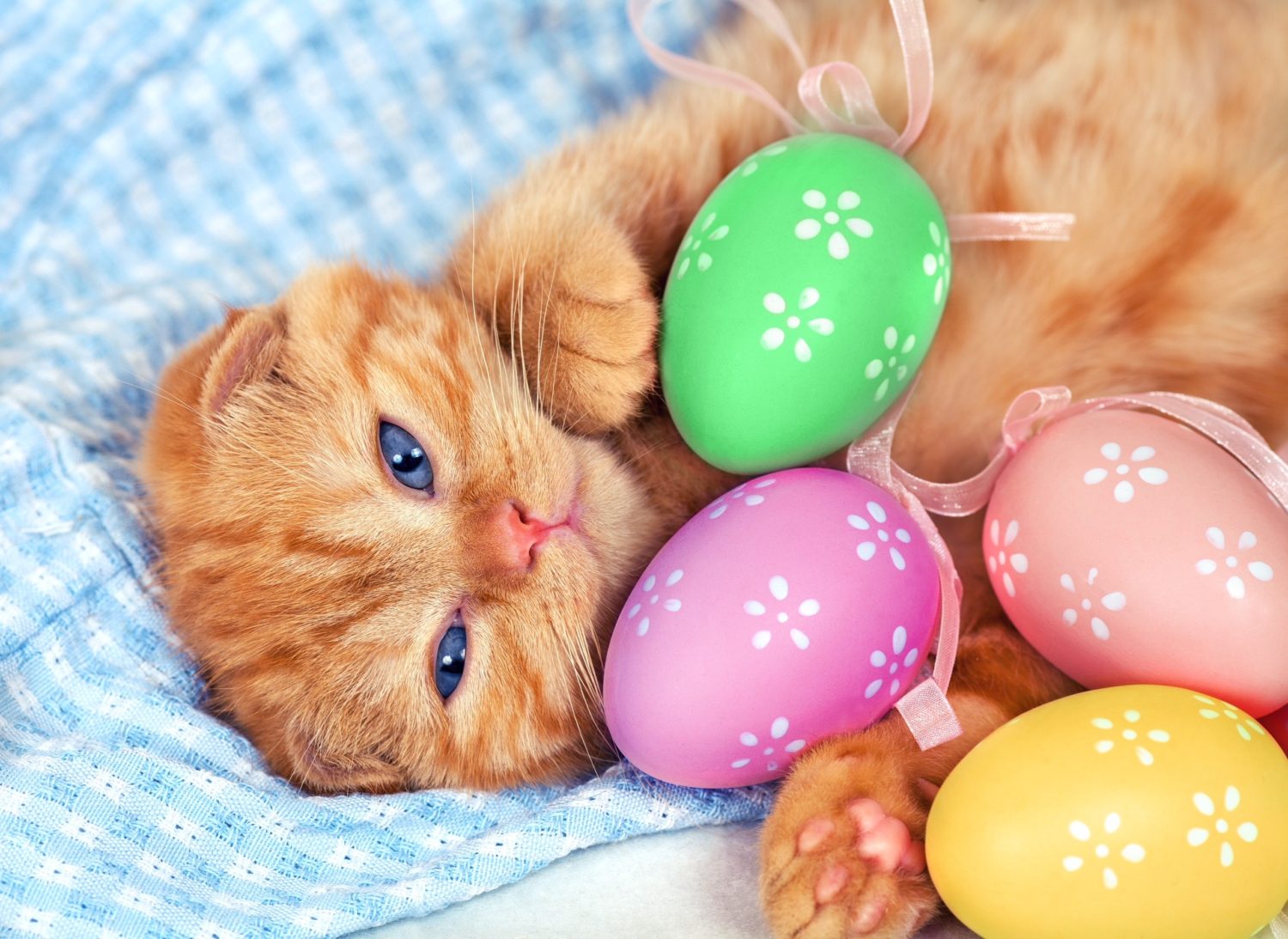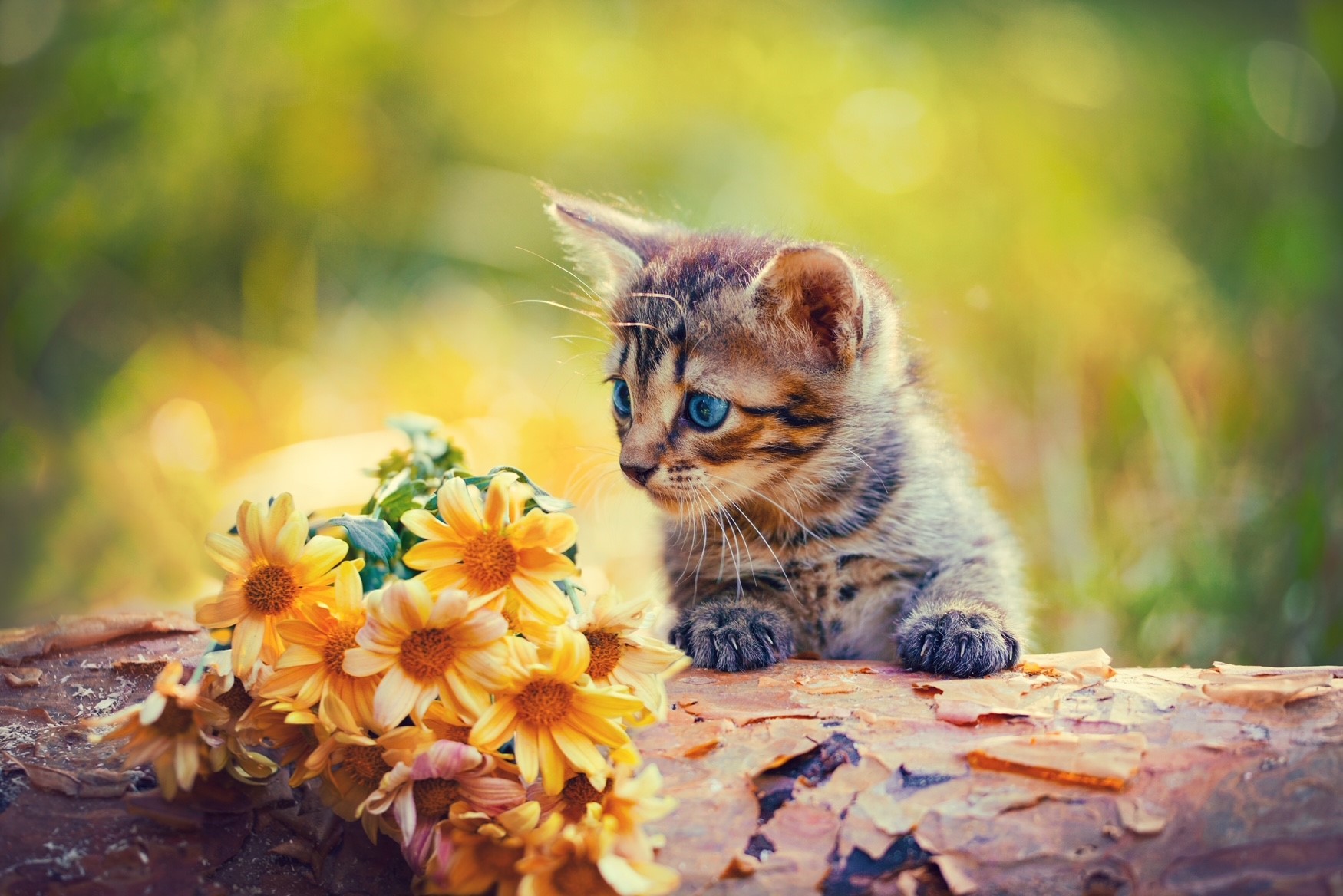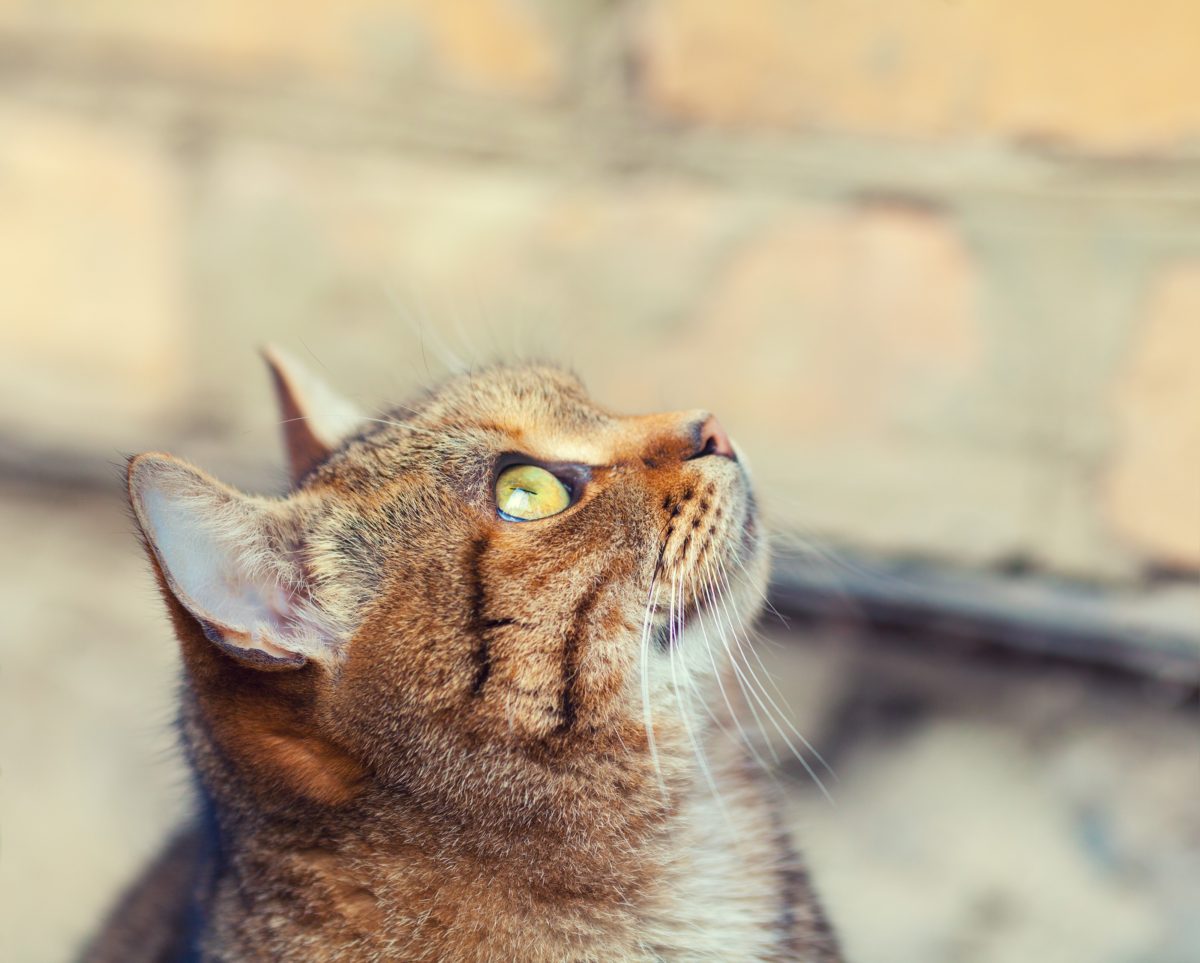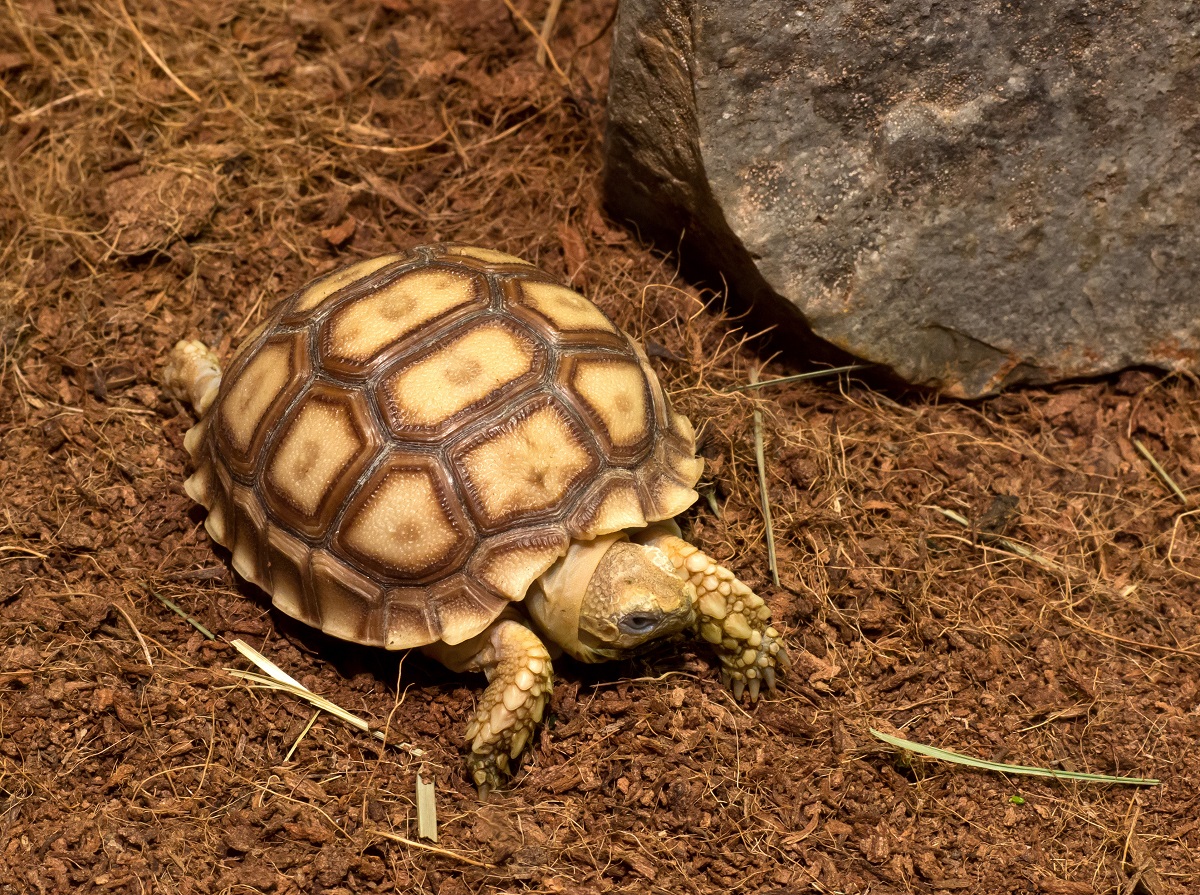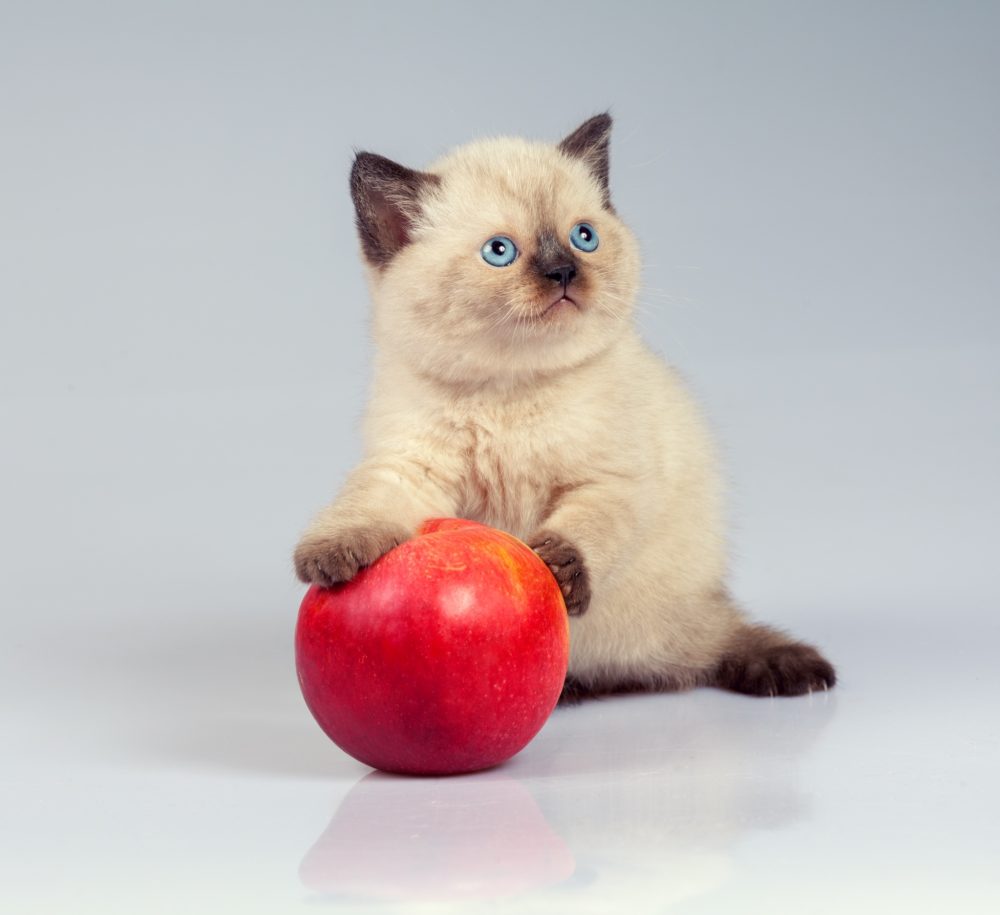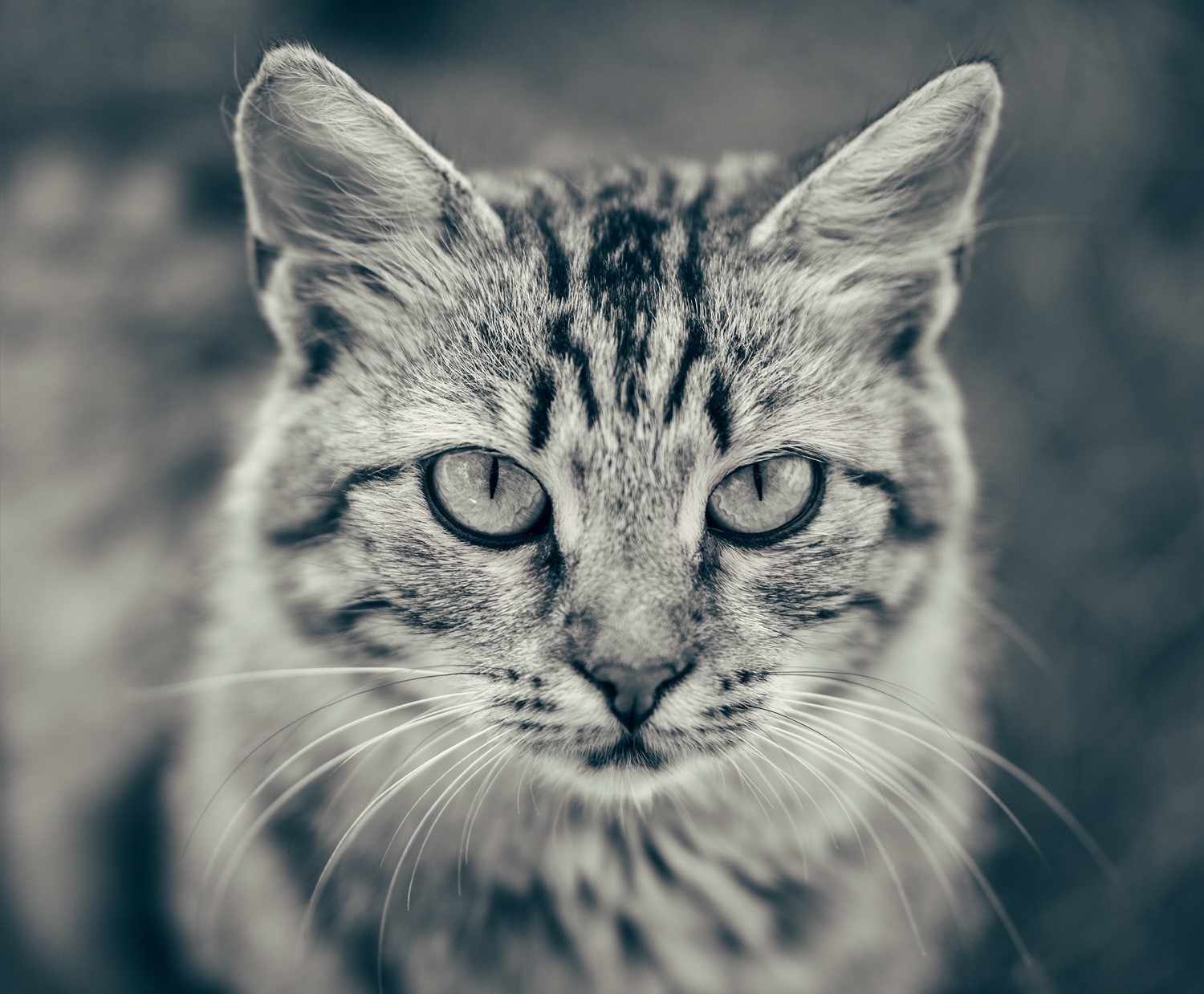
Natural and alternative healing for cats – an introductory guide
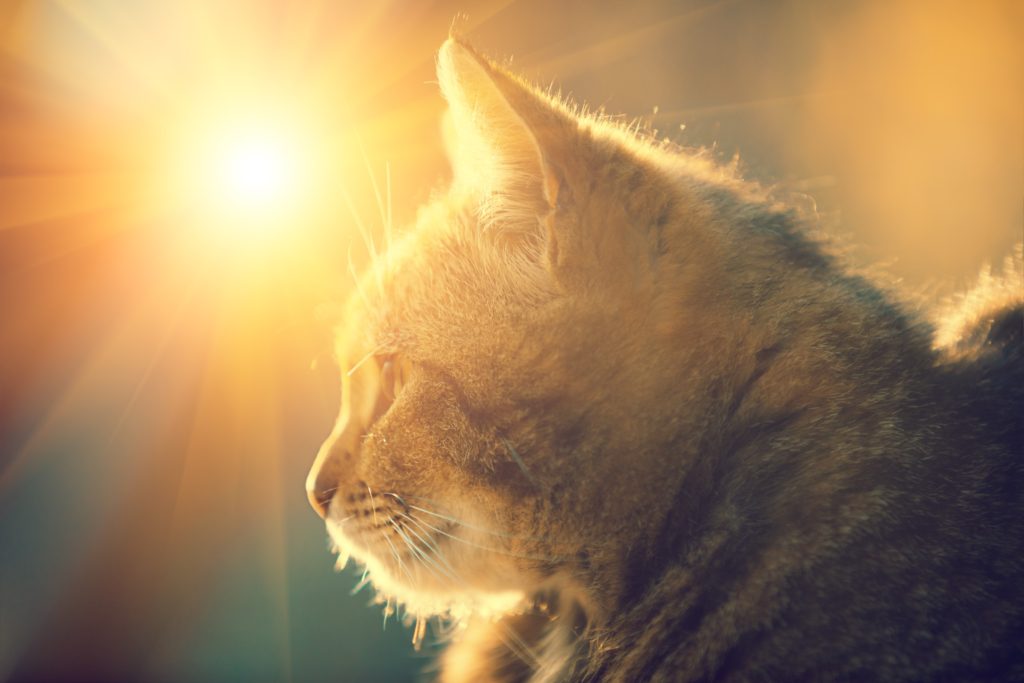 Interest in natural and complementary therapies for pets has seen a huge increase in the last few years. Pet owners are acknowledging that animals also have deep rooted emotions and that these emotions can affect their health and wellbeing. Sometimes the cause of unwellness or behavioural issues is not clear, and this is where natural therapies excel themselves. Deep rooted stresses and past trauma can be difficult to identify in animals but can be rectified in a gentle non-invasive way with natural therapies. Physical ailments and injury can also be healed with these therapies.
Interest in natural and complementary therapies for pets has seen a huge increase in the last few years. Pet owners are acknowledging that animals also have deep rooted emotions and that these emotions can affect their health and wellbeing. Sometimes the cause of unwellness or behavioural issues is not clear, and this is where natural therapies excel themselves. Deep rooted stresses and past trauma can be difficult to identify in animals but can be rectified in a gentle non-invasive way with natural therapies. Physical ailments and injury can also be healed with these therapies.
Natural therapies WILL NOT themselves replace modern medical veterinary care. If your cat seems unwell, injured or shows sudden behavioural changes your vet should always be your first port of call. A vet is qualified to examine, diagnose and advise on all kinds of conditions. Intervention such as x-rays, scans, blood tests and surgery can save your cat’s life. However, natural and holistic care can work very well alongside modern medicine and there are many veterinary practitioners who will recommend some of these natural practices in order restore your pet’s health to the best it can be. Emotional issues and healing, mentally and physically, are particularly suited to complementary therapies.
This article is an introduction to some of the various therapies that are available, namely:
- Reiki
- Bach Flower Remedies
- Homeopathy
- Acupuncture
- Chinese herbalism
- Healing
- Crystal healing
This list is by no means exhaustive but these are the therapies that are gaining interest and popularity in the pet world. To find practitioners in these fields near you, the best way I find is recommendation from other pet owners, from those practising in similar fields, or ask your local veterinary.
Reiki
What is Reiki?
Reiki originates from Japan and in Japanese it means ‘universal life energy’. It is a gentle non-invasive, hands-on healing technique that is completely safe and natural with no side effects. The practitioner heals by placing hands directly on the body and this light touch channels healing energy from the hands to the body. The healing is based on focusing on the flow of energy through the chakras – the energy centres of the body. These energy centres can become blocked, but reiki healing can re-open them to clear the energy flow and re-balance. Reiki can be used alongside medical care and in conjunction with other holistic techniques. It can also relieve side effects and promote recovery.
Reiki for cats
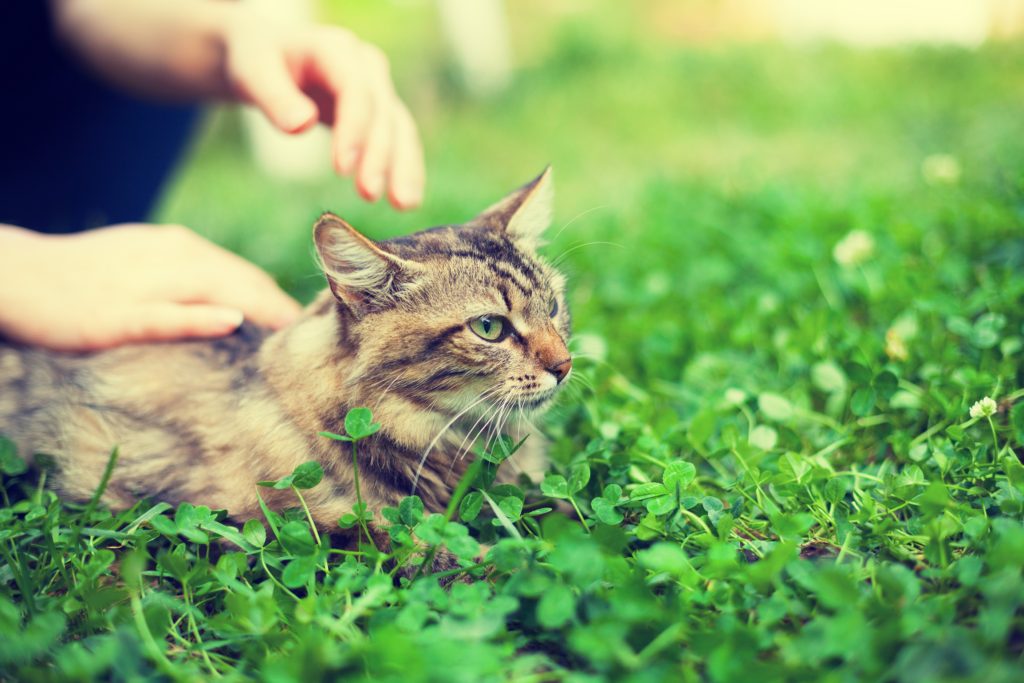 Reiki can be practised on cats; indeed, it can be done on any animal. All cats are different but generally, cats respond well to the gentle touch that a reiki session brings, and they seem especially sensitive to this energy. As cat owners we are fully aware that cats tend to live life on their terms, and they will soon let us know if something is not for them.
Reiki can be practised on cats; indeed, it can be done on any animal. All cats are different but generally, cats respond well to the gentle touch that a reiki session brings, and they seem especially sensitive to this energy. As cat owners we are fully aware that cats tend to live life on their terms, and they will soon let us know if something is not for them.
Some of the conditions that reiki can help cats with include:
- an injury
- allergies
- anxiety and behavioural issues
- epilepsy
- osteoarthritis
- asthma or lung disorders.
Some cat owners have also found reiki healing helpful and comforting to aid a calming and peaceful passing when the end of time has come for their cat.
As with humans you don’t have to be injured or sick to benefit from reiki, it can be used to maintain general good health and well-being, and as a preventative method of helping keeping bugs and illnesses at bay.
Reiki can be given safely to any cat regardless of breed, age or size.
We have a detailed article explaining how reiki can be beneficial for cats, which looks in detail as to how reiki works, what to expect in a session and how to find a reiki healer for your cat. ‘Reiki for cats – everything you need to know’
Bach Flower Remedies
What are Bach Flower remedies?
 Dr Edward Bach was a doctor, bacteriologist, homeopath, and spiritual writer, born in 1886 in the UK. He developed an interest in homeopathy and alternative therapies and believed disease was an end product as a result of fears, stresses and unhappiness. In 1928 he began looking to flowers to discover their healing properties. He worked tirelessly, collecting flowers and creating remedies during the Spring and Summer months whilst focussing on treating patients in the Winter. By 1932, he had discovered his first 12 flower remedies and by 1934 he had found all of his 38 flower essence remedies. He believed that that these specially prepared flower remedies were enough to remove all negative emotional problems. This safe and natural healing method would remove the negative emotions thus restoring a balanced, calm, happy body and mind. The body is then able to heal itself once the negativity had been removed. Dr Bach passed away in 1936 leaving generations to come with a classification of medicines that is now recognised, and used, worldwide.
Dr Edward Bach was a doctor, bacteriologist, homeopath, and spiritual writer, born in 1886 in the UK. He developed an interest in homeopathy and alternative therapies and believed disease was an end product as a result of fears, stresses and unhappiness. In 1928 he began looking to flowers to discover their healing properties. He worked tirelessly, collecting flowers and creating remedies during the Spring and Summer months whilst focussing on treating patients in the Winter. By 1932, he had discovered his first 12 flower remedies and by 1934 he had found all of his 38 flower essence remedies. He believed that that these specially prepared flower remedies were enough to remove all negative emotional problems. This safe and natural healing method would remove the negative emotions thus restoring a balanced, calm, happy body and mind. The body is then able to heal itself once the negativity had been removed. Dr Bach passed away in 1936 leaving generations to come with a classification of medicines that is now recognised, and used, worldwide.
Bach Flower remedies for cats
There are a total of 38 Flower Remedies discovered by Dr Bach. Each remedy, or combination of remedies, can help heal different emotional issues. Animals, just like us humans, can feel scared, anger, grief, happiness and joy. It may seem overwhelming to decide which remedy is best suited to treat your cat’s behaviour. But as you spend more time with your cat, getting to understand each other, you will know better than anyone what range of emotion they are likely to be feeling at that point in time.
The most well-known, and widely used remedy – in people and animals – is Rescue Remedy. Often referred to as the 39th remedy, this remedy is a combination of 5 flower remedies. It is ideal for emergency situations, whilst waiting for a vet for example, and will help when your cat needs help to stay calm and in control. The flower remedies included in Rescue Remedy are:
Star of Bethlehem – Helps animals that have been though trauma or shock. This trauma can be a new or old trauma, but Star of Bethlehem will help the animal let go of the traumatic event and embrace the positive aspects of life.
Rock Rose – This is a great remedy if the animal gets nervous and scared, for example, a trip to the vet or frightened by thunder or fireworks.
Cherry Plum – Will help an animal who has lost the ability to control their own actions, for example, continuous barking or scratching.
Impatiens – Will ease the energy for impatient animals. Those pets who are overly eager for the next meal or to go outside.
Clematis – To help animals to sleep too much and seem oblivious to their surroundings.
Bach flower remedies contain very low levels of alcohol as a preservative but are safe to use on animals. They can be diluted in water if preferred. There is also a Bach Rescue Remedy Pet formula which contain the same flower remedies, but the pet product is an alcohol-free formula with glycerine and water. Many pets enjoy the slightly sweetness taste that glycerine has.
Flower Remedies can help cats with negative emotional /psychological stats or problems in key areas such as:
- past trauma
- fears and anxiety
- stress
- recuperation from illness
- grief and bereavement.
We have a detailed article dedicated to the Flower Remedies, including a detailed look into each of the 38 remedies and how each one can help cats in particular. ‘Bach rescue remedy for cats – and other useful flower remedies for cats’
Homeopathy
What is homeopathy?
Homeopathy has developed over the last two centuries based on the work of a German physician, Dr. Samuel Hahnemann (1755-1843). It is founded on the principle that “like cures like” meaning that any substance, which can produce symptoms in a healthy person, can cure similar symptoms in a person who is sick. Homeopathic remedies are sourced from all kinds of natural sources – from plants, animals, minerals and mineral compound with other chemicals. It treats the person as a whole, considering personal characteristics as well as individual symptoms. Remedies are available in various strengths, the most usual being 6c which is ideal for home use. Higher potencies such as 30c, 200c, 1M are best left to professional use.
Homeopathy and cats
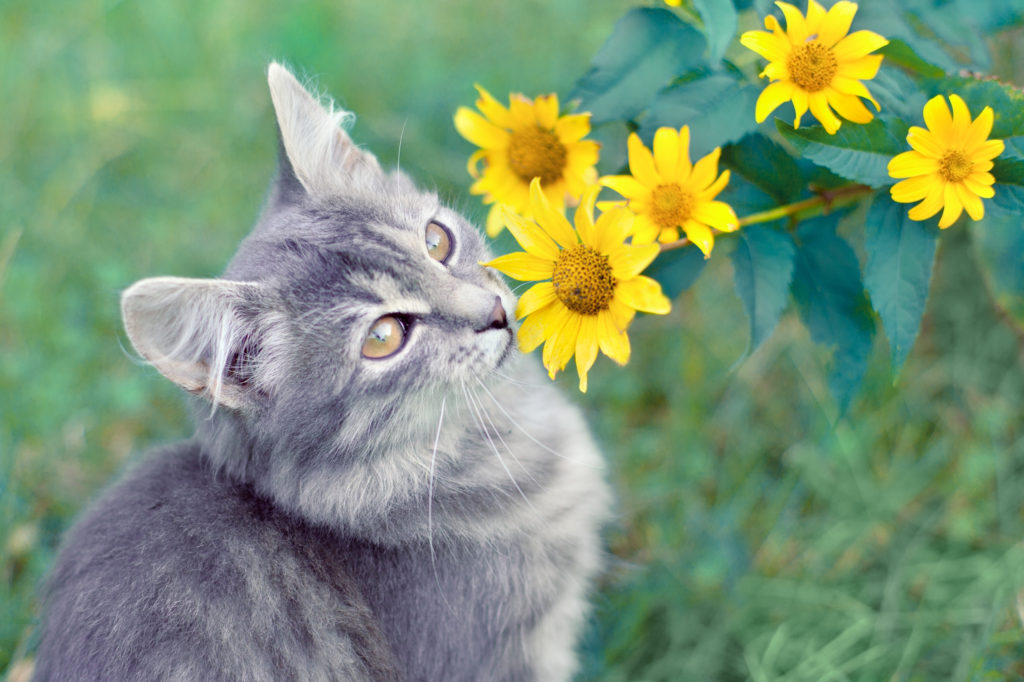 As homeopathy depends on identifying the mental, as well as physical, symptoms it is easier to achieve closer matches to identifying the most appropriate remedy in humans than in animals. However, observing the animal’s behaviour and how it reacts to situations, for example to noises, other animals, to humans, etc. will compensate for the lack of communication by speech. Pet owners will possibly be able to imagine how the animal is feeling, such as grief, separation anxiety, trauma after an operation, this will also aid in finding the most suitable remedy.
As homeopathy depends on identifying the mental, as well as physical, symptoms it is easier to achieve closer matches to identifying the most appropriate remedy in humans than in animals. However, observing the animal’s behaviour and how it reacts to situations, for example to noises, other animals, to humans, etc. will compensate for the lack of communication by speech. Pet owners will possibly be able to imagine how the animal is feeling, such as grief, separation anxiety, trauma after an operation, this will also aid in finding the most suitable remedy.
Homeopathy can help most problems in cats. See our article ‘Can you give Arnica to cats? And other Homeopathic Remedies for Cats’ for an overview into the most common problems and the homeopathic remedies to treat them.
Remedies come in the form of tablets, powders and as tinctures and water dilutions. Remedies work quickest when they are absorbed through the mouth directly into the blood stream. There is no one method that will suit every cat, owners will need to determine which is best for their cat. Some cats happily take tablets and powders or liquid in a syringe. If your cat is co-operative the best way is to crush the tablets between two spoons and place the powder on the cat’s tongue. Because the powder and tablets taste like lactose, cooperative cats will not have any problems in taking the remedy. For cats that are a little more difficult when it comes to taking medicine, the remedy can be mixed into their food or milk. The most important issue is avoiding undue stress on your cat.
Acupuncture
What is Acupuncture?
Acupuncture has been around for over 400 years It was originally discovered in India but widely used over the years in China, indeed the Chinses are world leaders in the field of Acupuncture. This ancient method is based on the flow of vital energy, known as chi, along meridians or energy pathways in the body. In order for the body to be healthy and free from ill health there needs to be a balance between the two kinds of energy flows – the yin and yang. Acupuncture involves dispersing any energy blockages. Many practitioners use fine needles inserted into the skin at specific points, however some use fingertip pressure or heat to stimulate the pressure points. Acupuncture should only ever be carried out by a qualified acupuncturist.
Acupuncture and cats
Cats have similar energy points to people therefore acupuncture can be very effective in helping your cat. The fine needles do not hurt when inserted, quite the opposite in fact. Most cats, and people, feel relaxed during the treatment and will fall into a sleepy doze or catnap! While you may see positive changes after just one or two sessions, chronic conditions or pain management may require longer terms sessions.
Acupuncture can help cats with any ailment, including:
- prolonged pain
- asthma
- arthritis
- allergies
- and even easing the side effects of cancer treatments.
A session for a cat can last anywhere between a few minutes to 30 minutes.
Chinese herbalism
 What is Chinese herbalism?
What is Chinese herbalism?
Chinese herbalism is another ancient medical method that dates back thousands of years. The practitioner will choose herbs that treats both the mind and the body. The medicine can be prepared as teas, powdered herbs or granules, or tablet form.
Chinese herbalism and cats
Chinese herbalism works well in conjunction with acupuncture especially with animals, the acupuncture gives an immediate benefit and the herbs can work well for longer term wellness. For cats, powdered herbs or granules are the easiest formats to give as it can be mixed with wet food. It is always advisable to seek advice from your vet to ensure any herbal medicine is compatible with any current medication being given to your cat.
Chinese herbalism can help cats with:
- gastrointestinal conditions,
- respiratory problems,
- hormone imbalances,
- behavioural issues,
- and again, can be used as part of your cat’s cancer care plan.
Due to the risks of poisoning form some plants and herbs, Chinese herbalism should only be carried out by a qualified practitioner.
Healing
What is Healing?
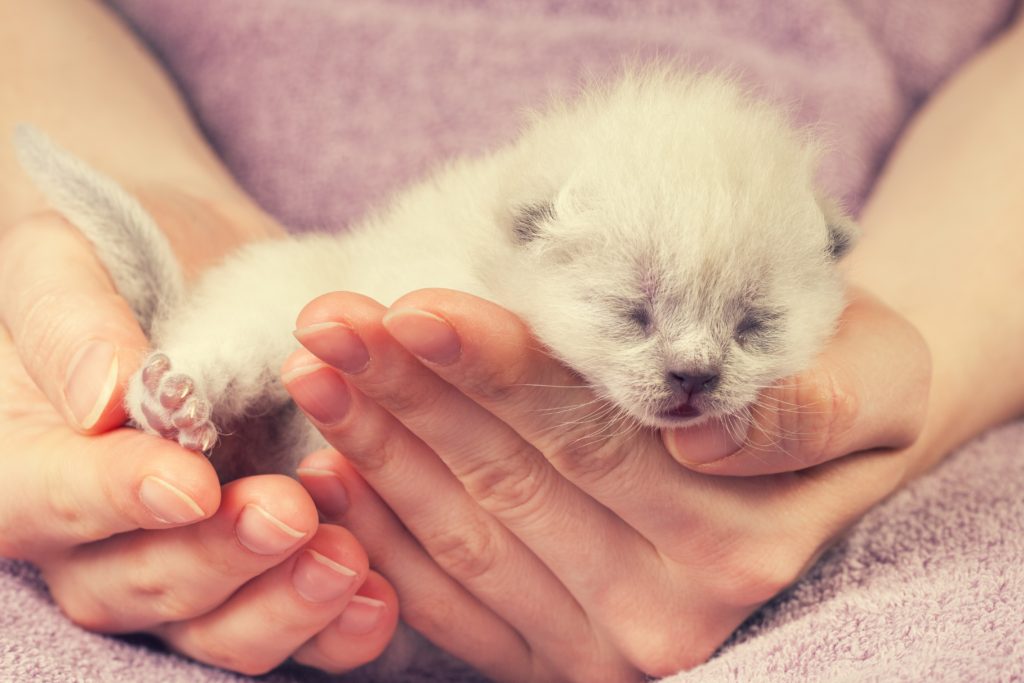 Healing is simply contact between the healer’s hands and the person or animal. It is based on the belief that all life forms are a form of energy, be that energy in the physical body or spiritual energy. The healer connects into the spiritual energy and the healer is the channel to direct the energy flow to the person or animal being healed. The return of the flow of energy will return better health. During the healing session the recipient may feel a sense of heat from the healer’s hands and a general feeling of relaxation and calmness. This healing process can also be done remotely where the healer will tune in to the recipients’ higher being and heal from a distance.
Healing is simply contact between the healer’s hands and the person or animal. It is based on the belief that all life forms are a form of energy, be that energy in the physical body or spiritual energy. The healer connects into the spiritual energy and the healer is the channel to direct the energy flow to the person or animal being healed. The return of the flow of energy will return better health. During the healing session the recipient may feel a sense of heat from the healer’s hands and a general feeling of relaxation and calmness. This healing process can also be done remotely where the healer will tune in to the recipients’ higher being and heal from a distance.
Healing for cats
Healing can most certainly be helpful to your cat, or any other animal. This gentle therapy can help pets physically, emotionally and mentally as well as in first aid situations.
Hands on healing can help your pet on 3 levels, emotionally, mentally and physically. Just like us humans your pet needs to be in balance on all these levels for good health. Healing can also be given as first aid too.
Healing can help cats with:
- all conditions from minor ailments to life threatening illnesses,
- preventing illness or disease by keeping energy levels in balance.
It is a non-invasive, gentle approach to helping your cat relieve pain, restore functioning and heal physical and emotional conditions. There are no side effects and it can work well alongside other natural therapies as well as prescribed treatment from the veterinary. Healing can be done remotely, this can be particularly useful with pets or if there are no animal healers in the area.
Our very own case study:
Only in the last week, for the first time ever, we have used an animal healer on our cat, Misty. After her morning walk, she came back and was clearly unwell, she was meowing pitifully and just didn’t look herself. She then started vomiting and kept vomiting all day. We called the vet that Sunday afternoon and his initial diagnosis was a stomach bug and advised us to keep an eye on her. Feeling helpless I contacted my kinesiologist and crystal healing friend asking for any advice or if indeed she could do some remote healing (having had success with all these methods in the past on myself and our children). She put me in touch with an animal healer she knew – based in Sweden! After a brief chat on Messenger she set to work remotely on Misty. When she had finished her healing and described to me Misty’s state of mind, emotion and body it was remarkable how accurate she was. And more importantly, within the next 24 hours Misty was back to her usual self. I’m not sure why I’m surprised each time healing works, maybe we are programmed to question things we don’t understand, but each time I am glad I have allowed myself to be open to the beauty of this natural practice.
Crystal Healing
What is Crystal Healing?
Crystals form naturally in the earth and their specific properties makes them unique. Each crystal emits an energy vibration and it is this energy that can resonate with humans or animals to produce healing protective traits. Crystal therapy has been used since ancient times in many different cultures. The energy vibrations emitted from the crystal will affect an animal’s energy field and address physical, emotional, mental and spiritual issues. Crystals can help remove any blockages in the chakras and re-balance the body brining the mind, body and spirit back into harmony.
Crystal Healing is also a gentle, non-invasive natural healing process and you can either seek the advice of a professional crystal healer or with some research and guidance it is something you can try yourself.
Crystal healing for cats
Cats are very receptive to the energies of crystal healing. In the wild, cats have a natural instinct for holistic healing. They will seek out specific herbs for their healing qualities or connect to crystal energy by lying next to a specific rock or stone. Cats are carnivores but specific petals of a flower would be sought out at times when a certain uplifting energy would be needed. A few examples of how Crystal healing can help cats include:
- stress, anxiety and depression,
- obsessive behaviour and hyperactivity,
- training problems,
- injury and trauma,
- aches and pains, joint and skeletal problems.
The choice and variety in crystals can be overwhelming. As an initial guide here are some core crystals with a wide spectrum of healing properties and are excellent for beginning your crystal discovery journey.
- Rose Quartz
- This is the crystal of the heart, of unconditional love. It will help to heal the emotion from past cruelty, abuse or grief including letting go of any resentment. Rose quartz will aid your cat in rediscovering the power of love and nurture. It will help with anger, nervousness and tense muscles. It is also a useful crystal if a new pet in introduced into the household as it will encourage harmony and love.
- Clear Quartz
- This is the master healer of all crystals and a must for any collection. It is useful for treating any condition as it can strengthen and magnify energies. It is known to strengthen the immune system, ease pains and inflammation, accelerated the healing process and purify and cleanse the body. Clear quartz strengthens communication between you and your cat and improves mental clarity.
- Turquoise
- Turquoise is also known as the ‘pet protector’ crystal. It can protect your cat from the dangers that surround them. A useful crystal for boosting confidence, stabilizing mood swings, strengthening the immune system and healing from viral infections.
- Amethyst
- Another useful crystal for your collection, amethyst is an all-round healer. This stone will help with grief and bereavement and is excellent for helping animals dealing with the stress associated with separation anxiety. Amethyst is a calming crystal and so can be useful with training of if your cat must be in a carrier or cage for a time. It is also useful as a flea repellent as fleas despise the vibrations of this stone.
Safety first: Cats may think of a crystal as a toy – do not leave small, easy to swallow crystals with your cat without supervision.
Crystals can be used safely with cats in many ways:
- Small crystals can be put in a secure pouch and placed securely under a cat’s bed or secured to their carrier.
- Larger, heavy crystals are easily placed on shelves and windowsills, and are very decorative too.
- Some crystals can be placed in water- but be aware that some crystals are poisonous if licked or absorbed in anyway.
- If your cat wears a collar, some are available with crystals already embedded in them.
- Hold the crystal yourself when in your cat’s company giving intentions and energies to your cat via the crystal.
Do alternative therapies really work?
The big question – ‘Do natural therapies work?’! Many people will have firm opinions on this topic whilst others will be undecided. Some veterinary practitioners support such therapies whilst others simply do not believe. Arguments against alternative therapies include ‘there is no proof’, ‘it’s the placebo effect’ or ‘it must have been a coincidence’. But then you come across the case study stories where these treatments have worked, on cases sometimes where conventional medicine had simply no cure. The placebo arguments that we are familiar with simply don’t apply to animals.
On a personal note, as a family we have used a wide variety of alternative therapies many times – sometimes along side conventional medicine, other times as a stand-alone therapy. I even use it as a feel good, preventative tool to keep us all balanced and grounded. And as you see form our case study story above, we are now introducing the alternative therapies to our animals too. Enjoy your discovery into the world of natural healing.
Here are a few books I recommend if you would like to discover more about these therapies:
Bach Flower Remedies for Cats New Choices in Natural Healing for Dogs & Cats Reiki Healing for Cats
If you’ve found this article interesting you may also enjoy the following articles:
https://littlemisscat.com/bach-rescue-remedy-for-cats-and-other-useful-flower-remedies-for-cats/
https://littlemisscat.com/the-energetic-power-of-cats-and-their-spiritual-meaning/
https://littlemisscat.com/reiki-for-cats-everything-you-need-to-know/
https://littlemisscat.com/does-the-full-moon-affect-my-cat/
https://littlemisscat.com/cat-owners-guide-to-treating-common-ailments-using-homeopathy/
